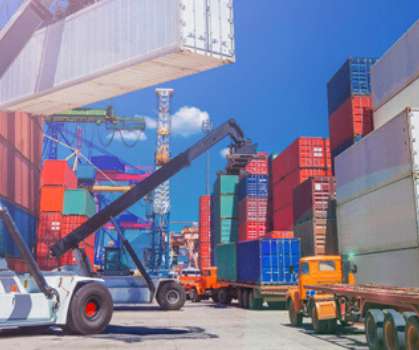6 Strategies for Better Supply Chain Management in the Current Economy
Oracle SCM
JULY 12, 2017
The years from 2007 through 2009 were notable for their economic volatility, reflected not only in the global economic recession but also the instability of customer demand and rapid movement in raw material, fuel, and commodity prices. Companies tripped over themselves to build ecommerce portals, and one-click purchasing grew in relevance.














Let's personalize your content